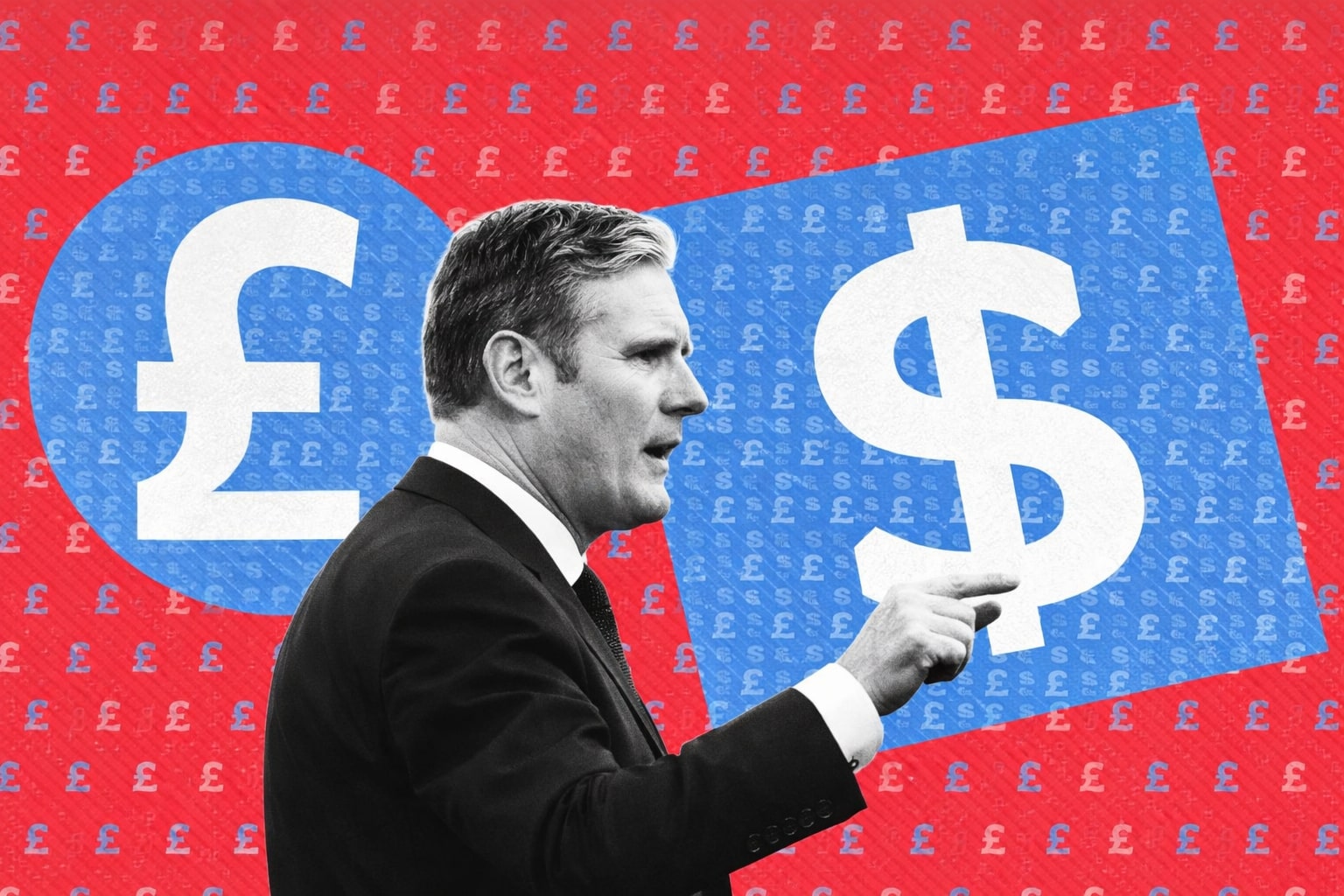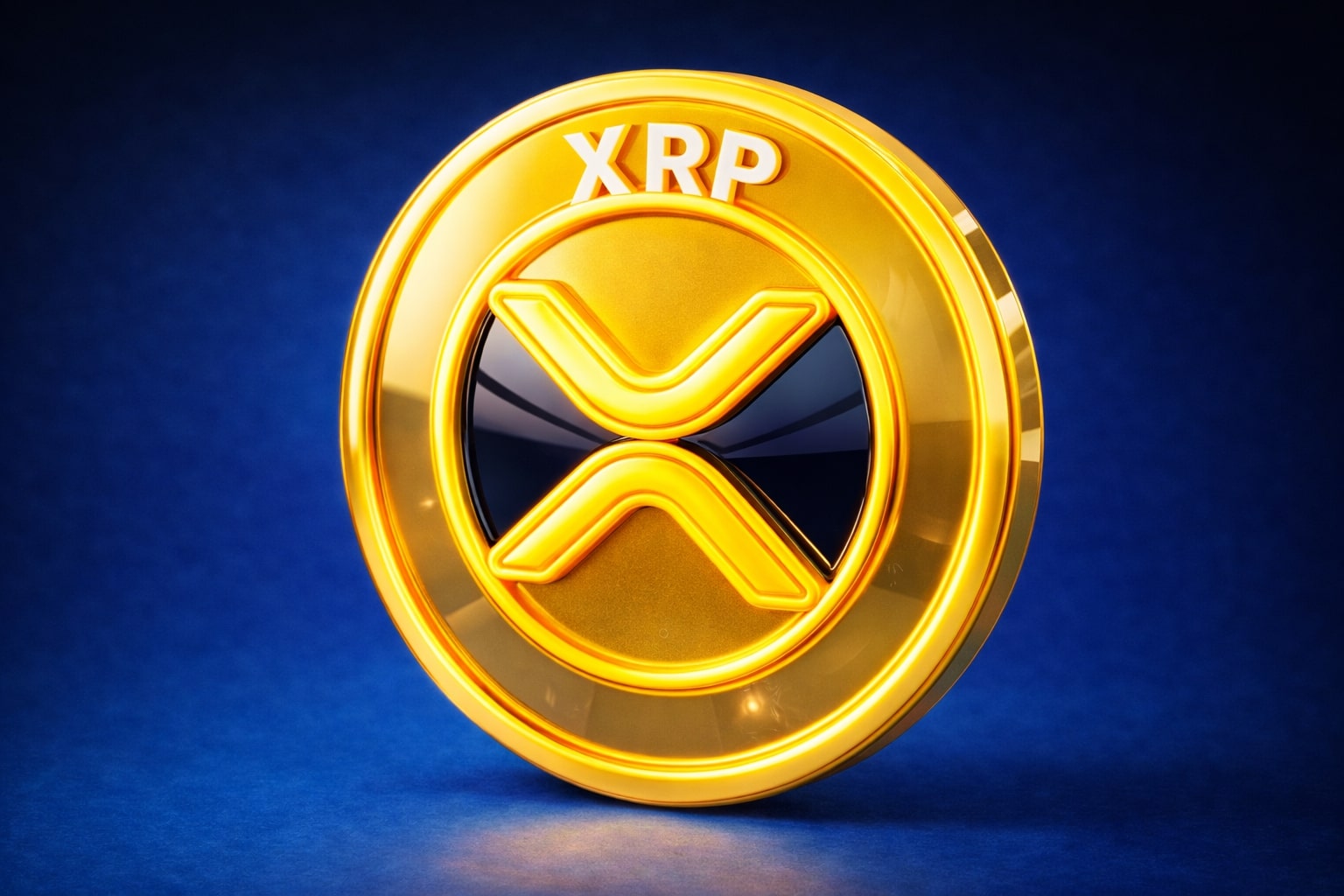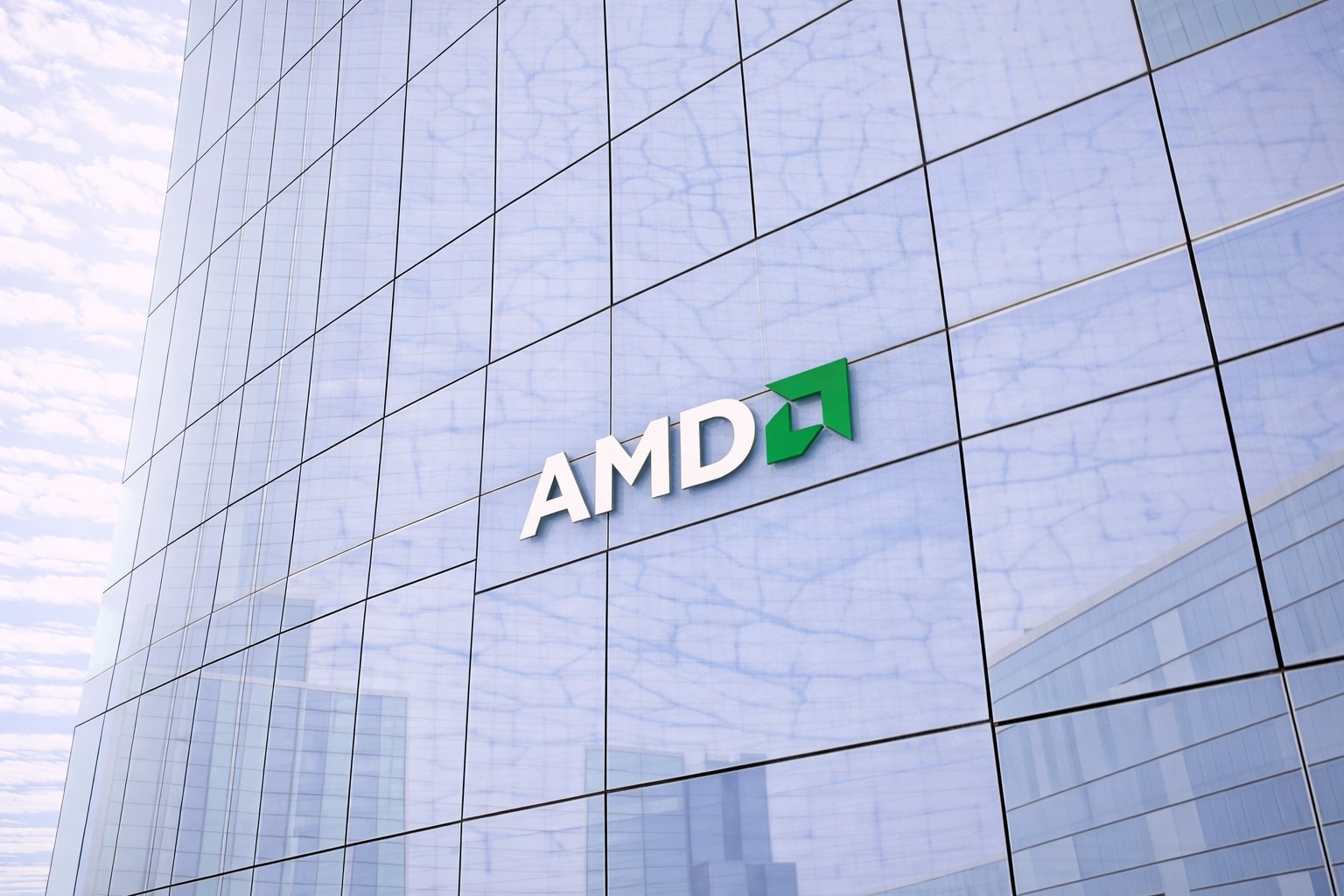Central Bank Policy Decisions and Economic Data Hold Key to Euro-Dollar Exchange Rate Dynamics
ECB and Federal Reserve Face Diverging Economic Conditions as Investors Monitor Implications for Currency Markets
The Euro to Dollar exchange rate began the new month hovering around the 1.10 mark, with the single currency's ability to maintain this level hinging on central bank policy decisions that may provide it with a more distinct interest rate advantage over the greenback. Despite disappointing economic figures from some major European economies, the Euro was among the top performers in the major currency basket for the week leading up to Monday. Barclays' Chief Europe Economist Sylvia Ardagne notes that the Q1 GDP print exposed the misleading nature of PMI surveys in predicting actual economic activity and instead emphasizes the importance of national and EC surveys in determining near-term growth.
Eurostat data released on Friday suggested that overall European economic growth stagnated during Q1, tempering the optimism generated by private sector surveys in March and April. While German GDP remained unchanged in Q1, French economic output increased in line with expectations due to weaker consumer spending at the end of the period, somewhat counterbalancing improved data from other areas in the continent.
This week, continental inflation figures and their implications for the European Central Bank (ECB) interest rate outlook will determine the trajectory of the single currency ahead of the Federal Reserve interest rate decision on Wednesday and the ECB policy decision on Thursday. ECB Chief Economist Philip Lane has indicated that current data suggests the need for another rate hike, though the exact timing will depend on evolving economic data.
High food prices are a primary concern, while energy prices are falling more quickly than expected. Inflationary pressures persist in certain sectors but are easing in others. Lane emphasizes the importance of the ECB raising its interest rates to ensure inflation returns to 2% in a timely manner. However, German and Spanish inflation figures for March were lower than expected, and economists anticipate that Tuesday's Euro Area data may offer little support for the Euro.
Economists expect Europe's inflation rate to rise from 6.9% to 7% in April, while the more significant core rate is forecast to decrease from 5.7% to 5.6%. The outcome of these figures will have uncertain implications for ECB policy. MUFG Senior Currency Analyst Lee Hardman maintains a long EUR/USD trade idea and does not expect the ECB's policy update to significantly alter the Euro's support from higher yields.
Investors are currently avoiding German bonds, anticipating that the ECB will not be swayed from implementing an aggressive interest-rate increase next week, even by a wave of economic data and a potentially dovish Federal Reserve decision. A euro-zone inflation print and a survey on European lending activity on Tuesday, as well as a rate decision from the Fed on Wednesday, will need to be assessed before ECB Chief Christine Lagarde announces her decision on Thursday.
Amid ongoing price pressures, fund managers from Abrdn Investments and Newton Investment Management are preparing for the possibility of a fourth consecutive 50 basis-point hike. The narrowing yield gap between US Treasuries and German bonds is driving investors towards the former, with the gap reaching its smallest in nearly a decade.
The euro zone managed to avoid a recession earlier this year despite rampant inflation. While price pressures increased in France and Spain, they eased unexpectedly in Germany. The mixed nature of these results suggests that next week's data could cloud the picture and exacerbate divisions among ECB policymakers. The inflation figures for the euro zone as a whole will be released on Tuesday, alongside a highly anticipated banking survey. Strong indications of lenders tightening credit after 350 basis points of rate hikes since July could reduce the need for an aggressive hike.
The ECB is widely expected to raise its once-negative deposit rate from 3% to 3.25% on Thursday, with financial markets predicting at least two more similar increases throughout the remainder of the year. This presents both opportunities and challenges for the Euro-Dollar rate. Goldman Sachs' G10
FX strategist Michael Cahill notes that recent ECB commentary has remained generally hawkish, particularly compared to the Federal Reserve, leading the market to expect the ECB to outpace the Fed in rate hikes over the next six months. The near-term news on economic activity and central banks is likely to continue emphasizing this divergence, keeping U.S. Treasury (UST)-Bund spreads tight and supporting the Euro unless the Fed surprises with hawkish moves. However, Cahill points out that there are limits to this divergence in the longer term.
Market-implied expectations have bolstered EUR/USD in recent weeks, but the single currency could face challenges if the ECB casts doubt on the validity of these assumptions on Thursday, especially in the absence of offsetting developments from the Federal Reserve. In this context, investors and analysts will be closely watching central bank policy decisions and economic data releases to gauge the potential impact on the Euro-Dollar exchange rate.
The euro zone's economic landscape remains mixed, with some countries experiencing higher inflation rates and others showing signs of easing price pressures. These discrepancies highlight the complex task faced by the ECB in setting interest rates that accommodate the diverse economic situations across member countries. The upcoming policy decisions will need to strike a balance between combating inflation and fostering growth, ensuring that the Euro maintains its strength against the Dollar.
As central banks navigate these challenges, market participants will need to remain vigilant in monitoring economic data and policy announcements. With the Federal Reserve and ECB taking center stage this week, investors will be closely scrutinizing their decisions and accompanying statements for any clues on the future direction of interest rates and monetary policy. The Euro-Dollar exchange rate's trajectory will ultimately depend on how the central banks address these critical issues and manage market expectations.
In conclusion, the Euro to Dollar exchange rate's performance in the coming weeks and months will be heavily influenced by central bank policy decisions, economic data, and the broader economic outlook. As the ECB and Federal Reserve grapple with diverging economic conditions, market participants will need to stay informed and agile in their assessments of the changing landscape. By understanding these dynamics, investors can make more informed decisions and better navigate the complex and interconnected world of global finance.
Read More
-
AMD Stock Price Forecast - AMD at $223: AI GPU Ramp, CES 2026 Catalysts and the Next Move for NASDAQ:AMD
03.01.2026 · TradingNEWS ArchiveStocks
-
XRP Price Forecast - XRP-USD Near $2 as Whales Add $3.6B and ETF Inflows Top $1.18B
03.01.2026 · TradingNEWS ArchiveCrypto
-
Oil Price Forecast: Oil Near $60 Weigh Venezuela Shock Against 3.8M bpd Glut
03.01.2026 · TradingNEWS ArchiveCommodities
-
Stock Market Today - Wall Street Opens 2026; Dow 48,382, S&P 6,858 on Chip Rally, Gold Boom and Bitcoin $90K
03.01.2026 · TradingNEWS ArchiveMarkets
-
GBP/USD Price Forecast - Pound Tests 1.35 as BoE Caution Meets Soft US Dollar
03.01.2026 · TradingNEWS ArchiveForex


















